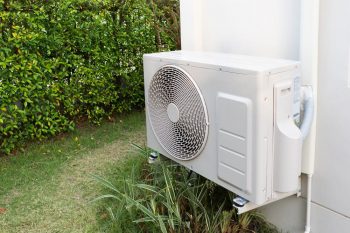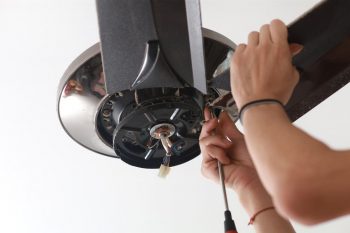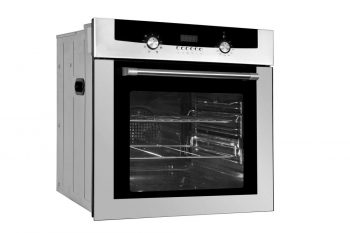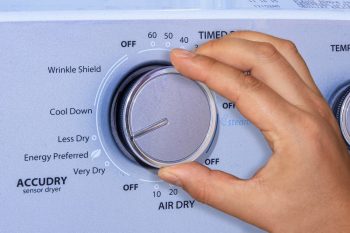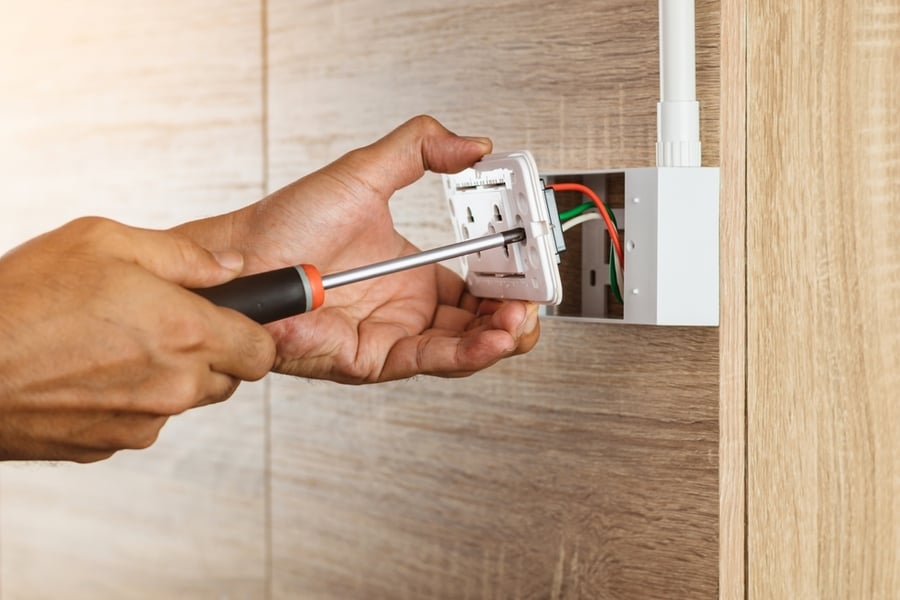
When building a new home, some aspects are undoubtedly more exciting than others. But be aware that even the slightest details can have drastic negative or positive impacts on your new home.
One of those little details you should take time to plan is the placement of electrical outlets. Where should you consider placing electrical outlets in your new home?
It is best to place electrical outlets in spots that give people reasonable access to them in any room. But while at it, you should consider spacing requirements and local regulations to prevent hazards.
Some essential areas to consider putting electrical outlets in a new home include the following:
- Living room
- Bedroom
- Bathroom
- Kitchen
- Home office
- Garage
- Hallway
- Outdoors
While placing electrical outlets on walls is customary, other creative places to put outlets include the floor, island, or even cabinets.
This article will discuss tips on some essential areas in your new home to consider installing electrical outlets. Also, you will learn about some requirements when placing electrical outlets in your new home.
8 Essential Areas To Put Electrical Outlets in a New Home
Before you mandate the inclusion of an electrical outlet in any area of your home, it’s helpful to refer to the National Electrical Code (NEC).
This directory includes national codes for wiring in residential and commercial homes. It’s not a must-buy book; you can refer to its online version or library copy from time to time.
The main things you want to consider when installing power outlets in sections in your home are the ideal outlet spacing and the quality of products.
For example, the amperage required in a kitchen outlet differs from that in the bedroom. Also, consider installing tamper-resistant outlets in your children’s rooms. Find out more about some essential areas to put electrical outlets below.
1. Living Room
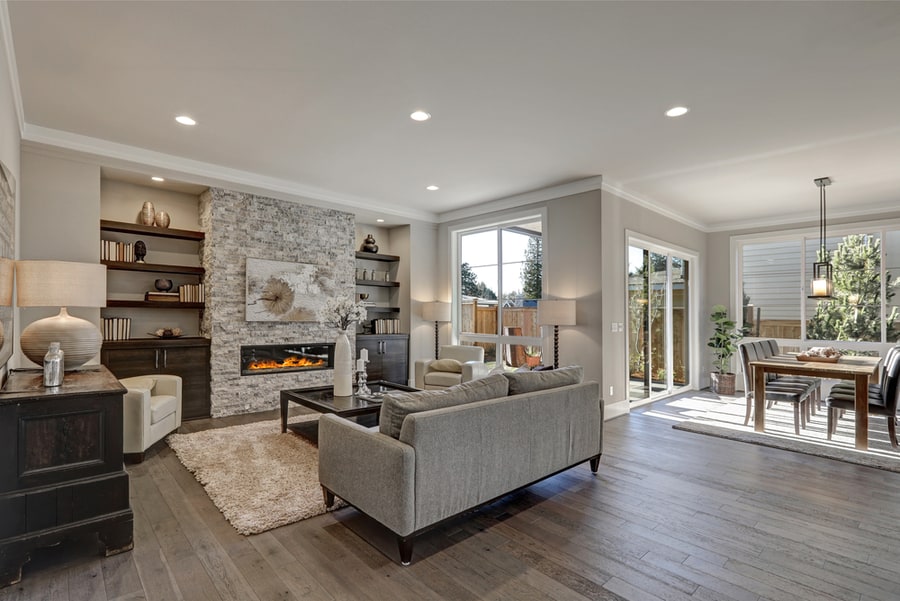
The living room is one of the first places you want to consider installing electrical outlets. Considering the number of people using the living room, it makes sense to install multiple outlets in the living room.
When installing multiple outlets in your living room, they should be at least 6 feet horizontally between each other.
If the wall is less than 2 feet, it often only requires an outlet, except on special occasions. When deciding where to place the outlet, consider where you want to hang your TV and place an outlet behind the screen to avoid messy cords.
Other creative locations you can consider adding a power outlet include the floor or on power table lamps.
2. Bedroom
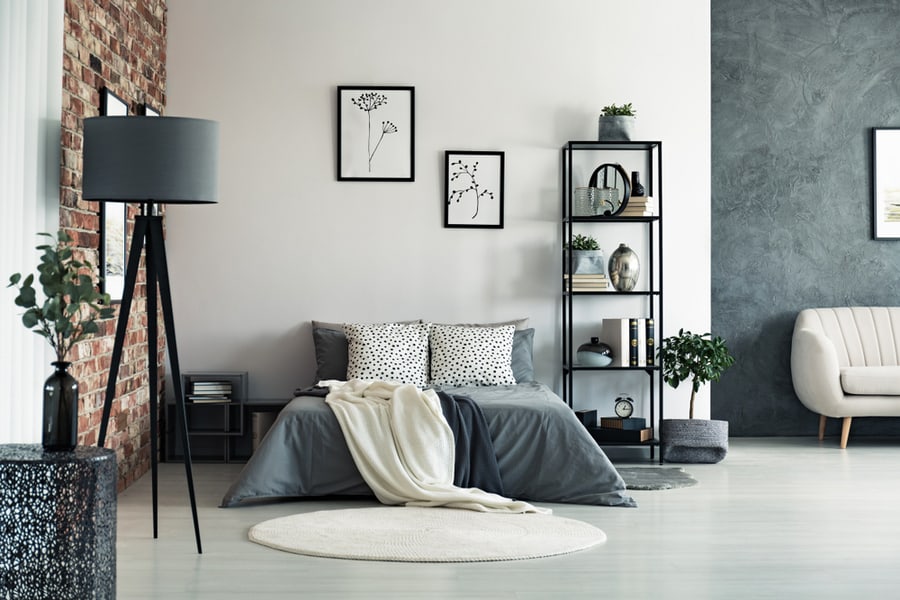
All bedrooms require a power outlet. However, you must first figure out where you’d place your bed, dresser, and other furniture. Ensure at least one outlet is on both sides of the bed for charging your phone and powering the lamp.
If the bedroom has a wall-mounted television, consider having one higher on the main wall.
Also, if your building plan includes a walk-in closet, you will need a power outlet for ironing or steaming your clothes.
3. Bathroom
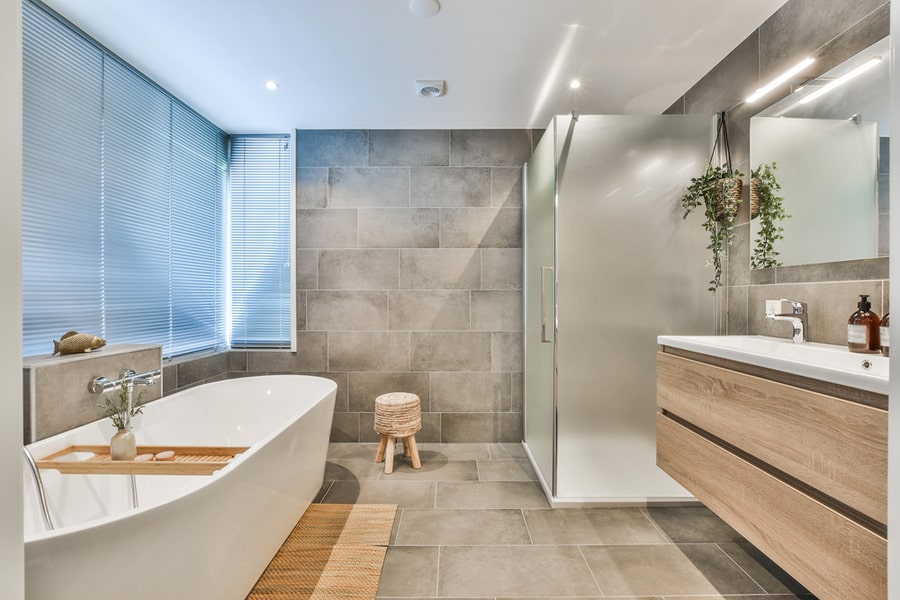
You can also have a power outlet in the bathroom for obvious reasons like plugging a hair drier. But be clever about where you place the outlet as water is a partial conductor of electrical which leads to electrical arcing and electrocution.
As such, never install the outlet near the sink, or have cords crossing over the sink.
Creative places you can install a power outlet in the bathroom include inside the medicine cabinets or drawers. You should also ensure all outlets in the bathroom have ground fault circuit interrupters (GFCI).
4. Kitchen

The kitchen is the heart of any home; as such, it deserves extra attention when planning outlet placement. Because the outlet in the kitchen of most homes powers the large electric appliances, it needs a power outlet rated to handle such power needs.
Ideally, you can have an outlet every 2 feet along each counter. Only place the outlet over 20 inches above the countertop if it is a custom-accessible kitchen.
Also, consider installing the power outlet inside the pantry for small appliances.
5. Home Office

Most homes today have dedicated office space. As an office, it needs to have outlets. But you should be creative about where you place them, as it is pretty annoying to have wires littering everywhere.
Having the outlets inside cabinets and drawers is a great place to put a power outlet if you are after cutting down on cord clutter.
Taking advantage of USB port outlets comes in handy for charging capabilities. You can even go smart by using outlets with Wi-Fi or Bluetooth capabilities.
6. Garage
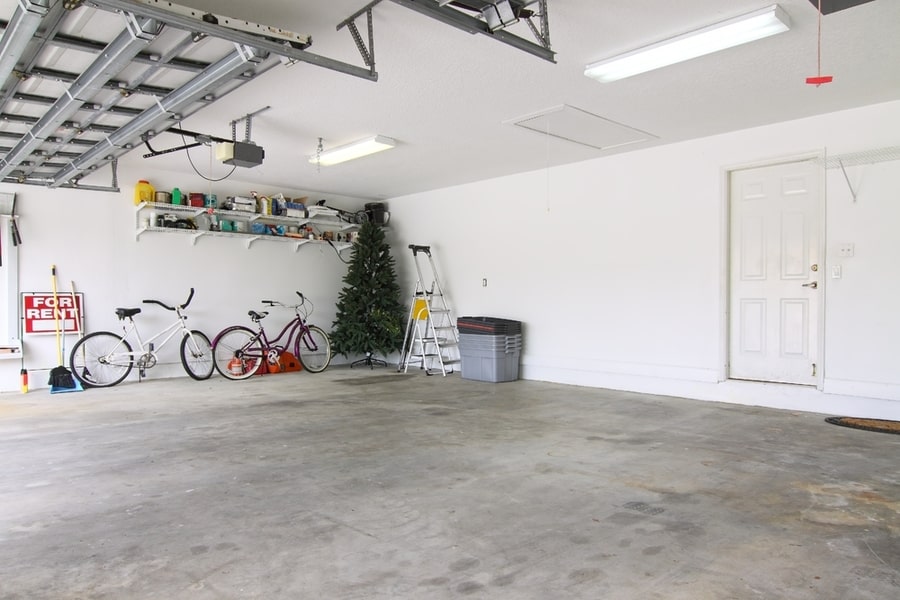
While the garage is an ideal space for storage, it can be more than that. When tackling any DIY project, the garage can be an excellent shade to go about it.
As such, having outlets in the garage will help eliminate your need for extra-long extension cables.
You can put an outlet on the garage ceiling for the garage door opener. If you have an electric-powered vehicle, installing a new parking stall is necessary.
Also, you can place many outlets along the wall where you plan on having your workbench.
7. Hallway
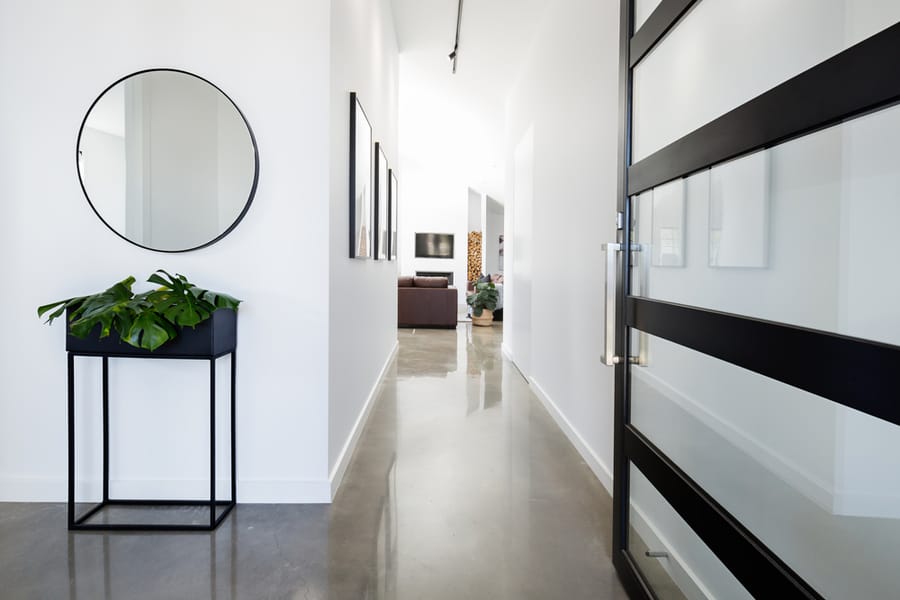
If you have a long hallway, some people consider it a waste of space, but you can put it to good use. But you can be creative by storing your washing machine or an ironing board in that space.
But if you keep electronic appliances in the hallway, you need at least one power outlet.
Note that if you want to place multiple outlets in the hallway, give over 10 feet of space between them. The power outlet will also come in handy when cleaning with a vacuum.
8. Outdoors
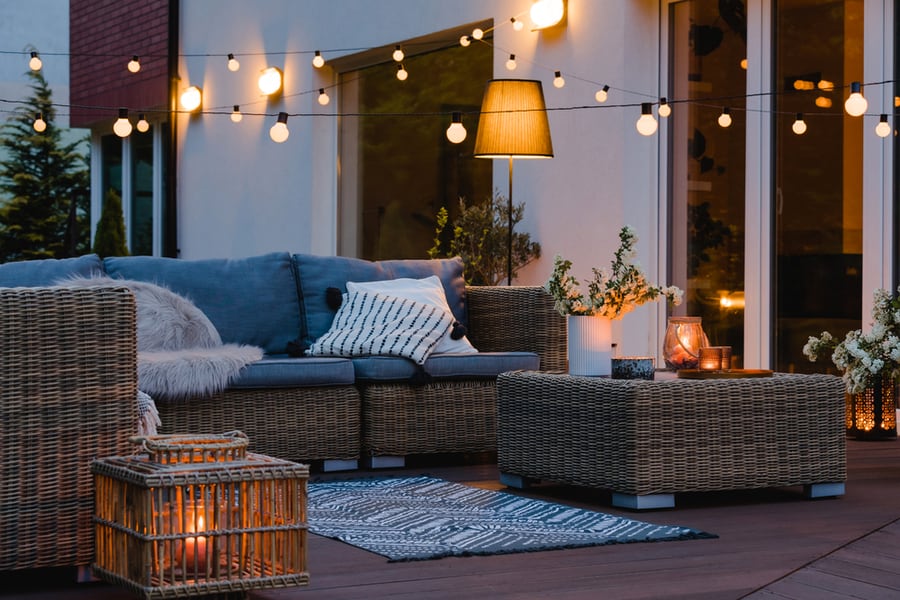
Having an outlet on the exterior of your home is also helpful. Placing an outdoor outlet on the front porch is useful for decorations. Also, it would be best to have one on the patio or deck for grilling and entertainment.
An outdoor outlet is also helpful to provide a source of connection for power tools such as a pressure washer to clean your car, mowers, and so on.
Conclusion
While there are guidelines regarding installing power outlets in a new home, you can have as many as you see fit for your home.
Electrical outlets might not be the top priority when building a new home, but they can make a big difference in your home. So, work with the designer of your home to develop a unique electrical plan for your home and locate outlets accessible for everyone.
Frequently Asked Questions
What Is the 6–12 Rule for Outlets?
The 6-12 rule for outlets talks about how to space receptacles. When installing receptacles, there should be no point measured over 6 feet along the wall space or floor line from the receptacle.
As such, this allows for a maximum of 12 feet between receptacles on the same wall.
How High Should a Wall Outlet Be From the Floor?
The standard height for installing a wall outlet from the top of the floor to the bottom of the receptacle box should be about 12 inches.
For outlets with special needs, you can install them between 12 and 15 inches. In contrast, outlets on the countertop can be between 15 and 20 inches from the countertop’s surface.

